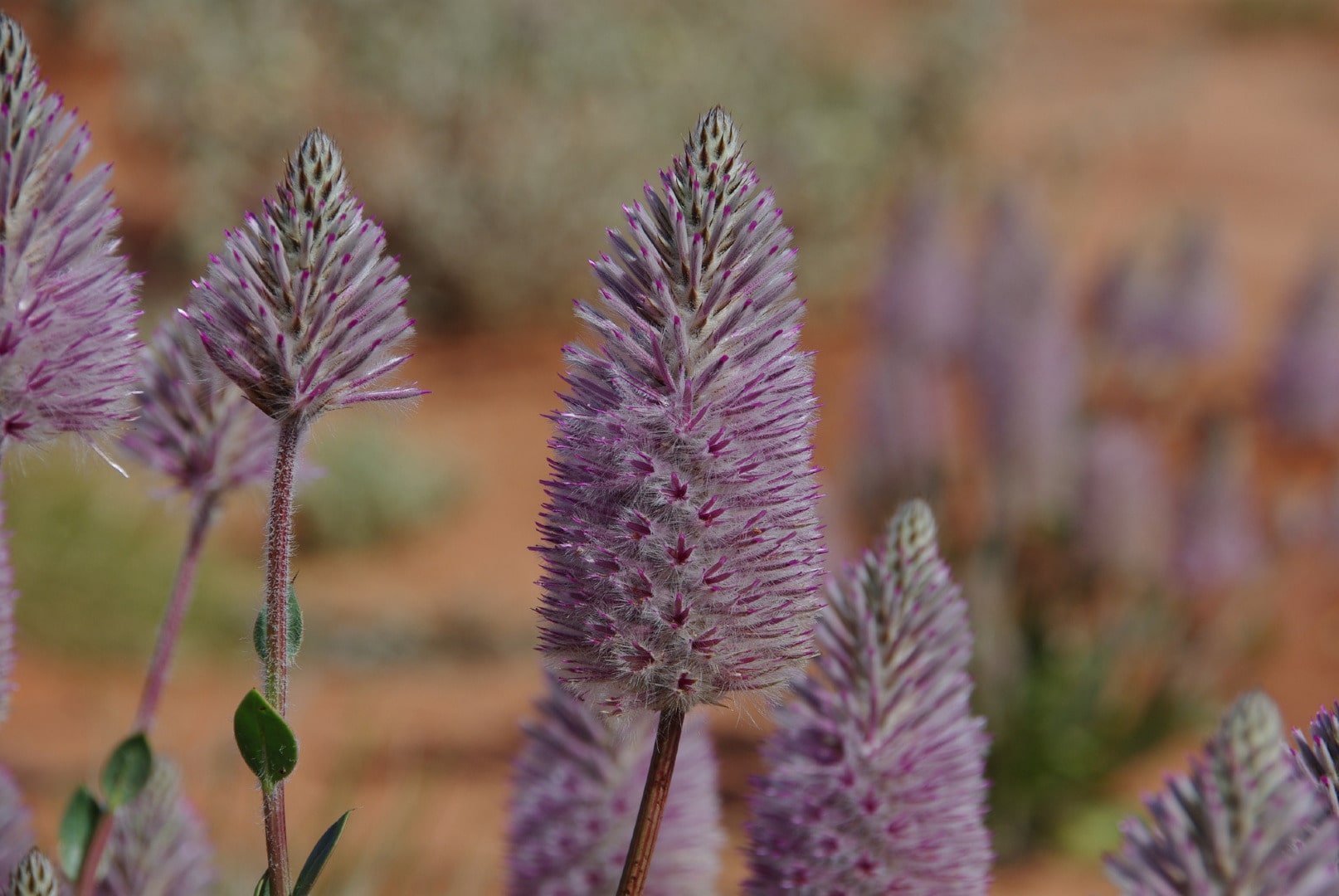
Mulla Mulla, also known as Ptilotus, is a fascinating plant native to Australia. Ever wondered what makes this unique flora so special? Mulla Mulla boasts vibrant, fluffy flower spikes that can brighten any landscape. These hardy plants thrive in arid conditions, making them perfect for drought-prone areas. Did you know they play a crucial role in traditional Aboriginal medicine? Their leaves have been used for centuries to treat wounds and skin ailments. Mulla Mulla also attracts pollinators like bees and butterflies, supporting local ecosystems. Ready to learn more about this incredible plant? Let's dive into 20 amazing facts about Mulla Mulla!
What is Mulla Mulla?
Mulla Mulla, also known as Ptilotus, is a fascinating plant native to Australia. Its unique appearance and resilience make it a favorite among gardeners and botanists. Let's dive into some intriguing facts about this remarkable plant.
-
Native to Australia: Mulla Mulla is indigenous to the arid and semi-arid regions of Australia, thriving in harsh conditions where many other plants cannot survive.
-
Over 100 Species: There are more than 100 species of Mulla Mulla, each with its own distinct characteristics and adaptations.
-
Drought-Resistant: These plants are incredibly drought-resistant, making them ideal for xeriscaping and low-water gardens.
-
Unique Flower Shape: The flowers of Mulla Mulla are often shaped like fluffy, cylindrical spikes, giving them a distinctive and eye-catching appearance.
-
Variety of Colors: Mulla Mulla flowers come in a range of colors, including pink, purple, white, and green, adding vibrant hues to any landscape.
Adaptations and Uses
Mulla Mulla has several adaptations that allow it to thrive in its native environment. These adaptations also make it useful in various applications.
-
Heat Tolerance: Mulla Mulla can withstand extreme heat, making it a perfect choice for hot climates.
-
Soil Versatility: It can grow in a variety of soil types, from sandy to rocky, demonstrating its adaptability.
-
Medicinal Uses: Indigenous Australians have used Mulla Mulla for medicinal purposes, including treating wounds and skin conditions.
-
Attracts Pollinators: The flowers attract a variety of pollinators, including bees and butterflies, which helps support local ecosystems.
-
Low Maintenance: Once established, Mulla Mulla requires minimal maintenance, making it a great choice for busy gardeners.
Growing and Caring for Mulla Mulla
If you're interested in growing Mulla Mulla, there are some key points to keep in mind to ensure its success.
-
Full Sun: Mulla Mulla thrives in full sun, so plant it in a location that receives plenty of direct sunlight.
-
Well-Drained Soil: Ensure the soil is well-drained to prevent root rot, which can be detrimental to the plant.
-
Minimal Watering: Water sparingly, as overwatering can harm the plant. It's better to let the soil dry out between waterings.
-
Pruning: Prune the plant to remove dead or damaged parts, which encourages new growth and maintains its shape.
-
Propagation: Mulla Mulla can be propagated from seeds or cuttings, making it easy to grow more plants.
Interesting Facts About Mulla Mulla
Here are some more captivating facts about Mulla Mulla that highlight its uniqueness.
-
Fire-Resistant: Some species of Mulla Mulla are fire-resistant, allowing them to survive wildfires and regenerate quickly.
-
Cultural Significance: Mulla Mulla holds cultural significance for Indigenous Australians, who have used it in traditional practices for centuries.
-
Scientific Research: Researchers study Mulla Mulla to understand its resilience and potential applications in agriculture and horticulture.
-
Wildlife Habitat: The plant provides habitat and food for various wildlife, contributing to biodiversity in its native regions.
-
Aesthetic Appeal: With its striking flowers and foliage, Mulla Mulla adds aesthetic appeal to gardens and landscapes, making it a popular choice for ornamental planting.
The Final Word on Mulla Mulla
Mulla Mulla, with its vibrant pink and purple blooms, isn't just a pretty face in the plant world. This resilient plant thrives in harsh Australian climates, showcasing nature's adaptability. Its medicinal properties have been valued by Indigenous Australians for generations, treating burns, wounds, and even respiratory issues. Gardeners love it for its low-maintenance nature and ability to attract pollinators like bees and butterflies.
Understanding the ecological importance of Mulla Mulla helps us appreciate the biodiversity of our planet. Whether you're a gardening enthusiast, a nature lover, or someone curious about unique plants, Mulla Mulla offers something fascinating. Next time you spot this striking plant, remember its rich history and the vital role it plays in its ecosystem. Embrace the beauty and resilience of Mulla Mulla, a true testament to nature's wonders.
Was this page helpful?
Our commitment to delivering trustworthy and engaging content is at the heart of what we do. Each fact on our site is contributed by real users like you, bringing a wealth of diverse insights and information. To ensure the highest standards of accuracy and reliability, our dedicated editors meticulously review each submission. This process guarantees that the facts we share are not only fascinating but also credible. Trust in our commitment to quality and authenticity as you explore and learn with us.


